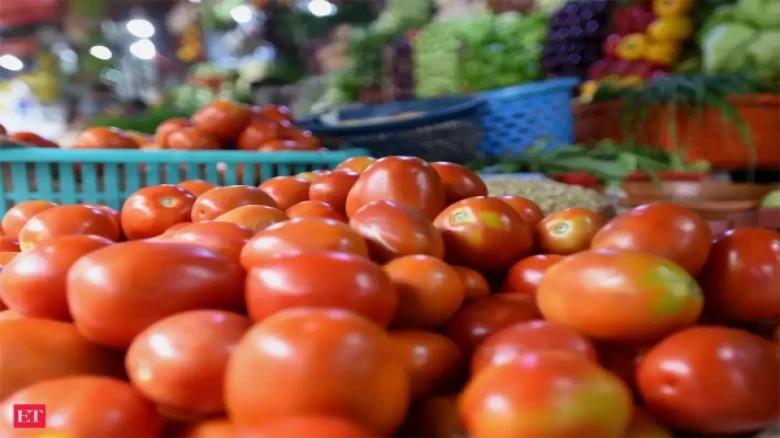Regional

Lemon prices skyrocketed to previously unheard-of heights, reaching Rs 200 per kilo.
Digital Desk: Extreme weather, which scientists attribute to climate change, has reduced crop output this year, raising the price of fruits and vegetables.
According to food ministry data, the average retail price of tomatoes, an essential ingredient in most Indian dishes, has risen 70% from a month ago to 53.75 per kilogram as of June, representing a 168 percent increase over the previous year.
During the current drought, tomato supplies from states such as Andhra Pradesh and Karnataka have dwindled.
In several states, unseasonal rains harmed lemon crops during the flowering stage in January. Then, in March-April, a heatwave hampered harvesting.
In April, lemon prices skyrocketed to unprecedented highs, reaching up to $200 per kilo, angering and shocking consumers. Heavy rains had harmed lemon plantings in December and January when they were in their early flowering stage.
The average Indian's grocery bill is rising as consumer inflation accelerated to an eight-year high of 7.79 percent in April compared to the previous year, driven by food inflation.
Due to unfavorable weather, India's mango crop, the king of fruits, has decreased by 20% this summer.
"The yield in Uttar Pradesh is down nearly 20%, and quality has suffered," said Haji Kalimullah Khan, the "Mango Man of India," an award-winning mango breeder.
"It is now widely agreed by scientists that the number of rainy days will decrease due to the effects of climate change, but the total quantum of rainfall will remain the same," said KJ Ramesh, a former IMD chief.
The hottest summer in 122 years in states like Punjab reduced wheat output by an estimated 4.7 percent to 106 million tonnes in March, prompting India to ban exports last month.
Households have been warned to brace themselves for more inflation, raising concerns about the impact on the cost of living for the poorest families, which spend nearly all of their income on food and other necessities.
The Reserve Bank increased its inflation forecast, saying it expected inflation to rise sharply to 5.7 percent in FY23, up from 4.5 percent previously. Food prices increased by a record 8.38 percent in April.
The Ukrainian conflict has exacerbated the crisis by causing wheat shortages, fertilizer, edible oils, and animal feed. Year on year, edible oil prices have risen by 8 to 13 percent.
For India, the first of four Intergovernmental Panel on Climate Change (IPCC) reports due out in the next 15 months highlighted more evidence of a changing monsoon, rising seas, deadlier heat waves, intense storms, flooding, and glacial melt.
According to studies, agriculture risks are more acutely felt because they are the most visible, but manufacturing shocks could also be massive.
Heavy rains in southern states, on the other hand, have disrupted food trucks, causing shortages and rising prices.
Also Read: 'Stop preaching,' Assam CM Himanta Biswa Sarma said in response to Sisodia's allegations
Leave A Comment